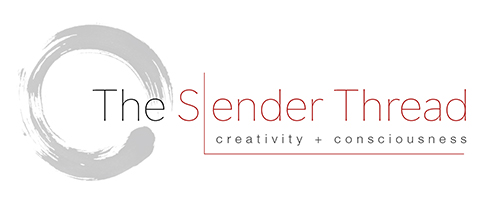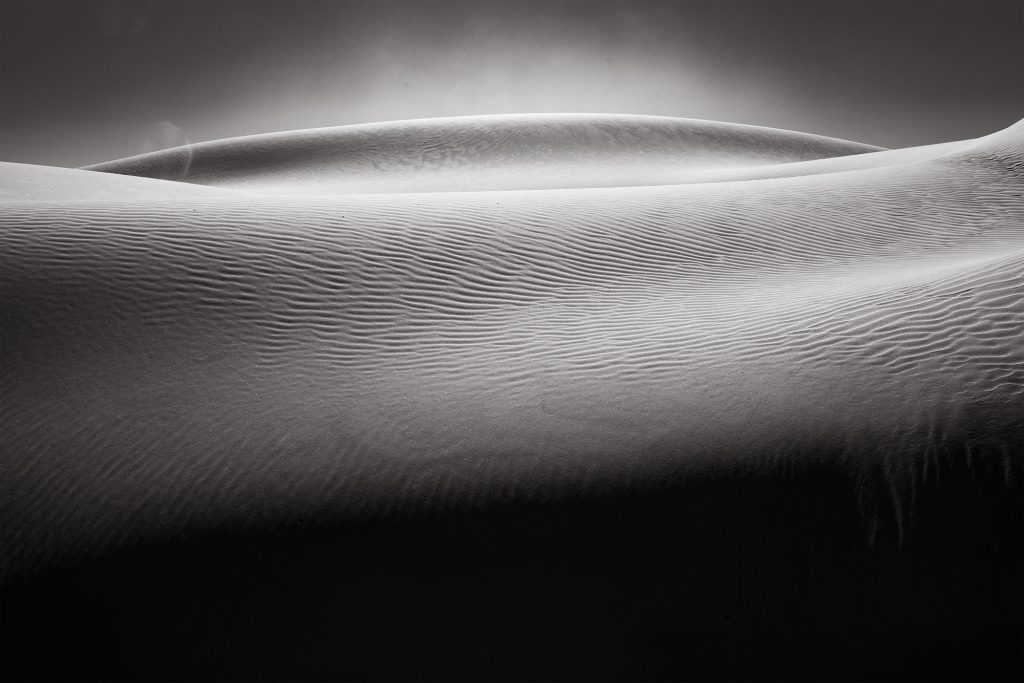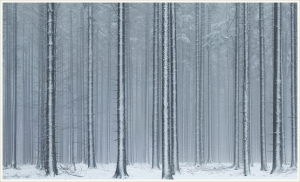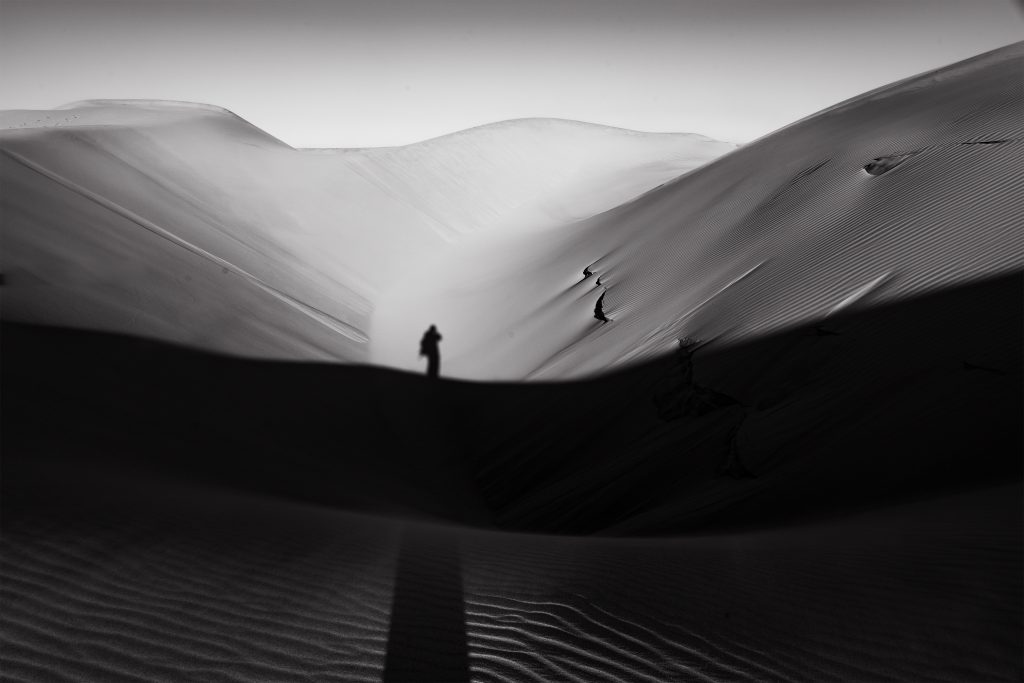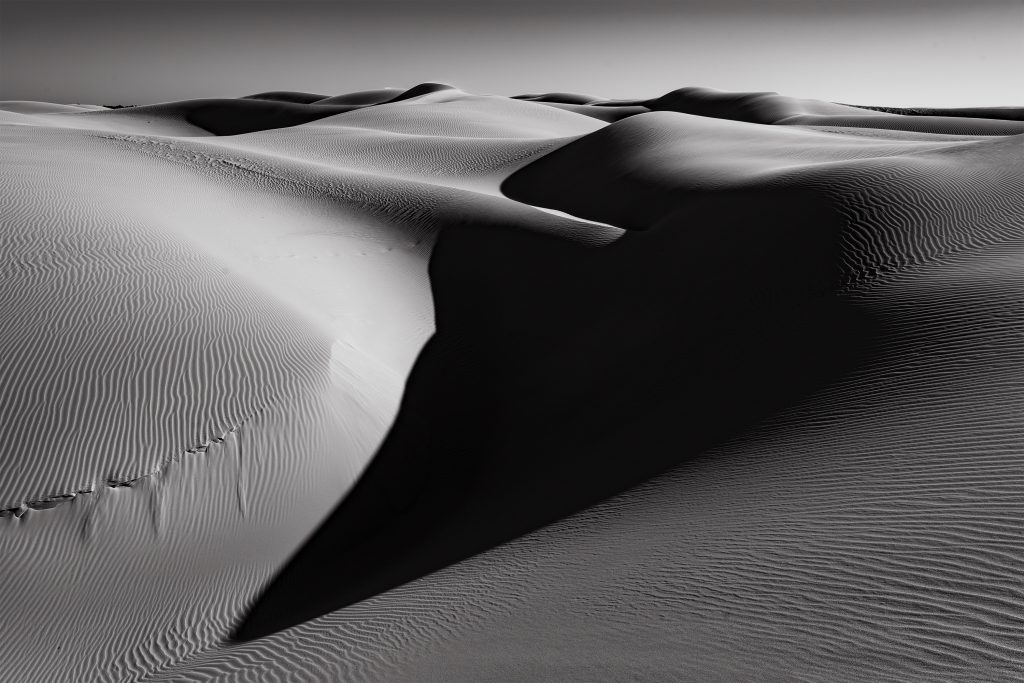But we also must ask, why? What are we working for? What kind of better world can we imagine and work towards? Can we take stock of our collective ideals as well as our current ills? Several years ago, I interviewed James George, former Canadian diplomat, staunch environmentalist and author—and a long-time student of the Gurdjieff Work. He stated, “Don’t we need to rub our noses in our unknowing, our sense of lack, in order to generate a strong wish to change? We need to go beyond the control that the automatic voice in me would like to exercise, so that I might receive other more authentic, essential, perceptions.
We have such a resistance to even the theoretical idea that we could, right now, you and I, be breathing an air charged with the omnipresence of consciousness, the omniscience of consciousness. … How to find in ourselves, in this moment, something in us that knows its Source? There is an order, a design, a lawfulness that is wonderful. We can rejoice in it and be uplifted by it — not just reject it because we have no way of measuring it rationally.”
When we got to the topic of the environment, I shared my sense of despair with Jim George. All too often, I am concerned with my lack, my inability to be truly conscious— as well as my impotence in the face of such things as climate change and environmental degradation, and my outrage at current social conditions. At this point, Jim reminded me softly of something that Madame de Salzmann, Gurdjieff’s successor, would frequently intone. She said, “We work for something, not against something.” I understand this to mean, we must always keep our larger aim in mind. Growth of being and evolution of consciousness—that can bring real change to oneself and the world—cannot take place in a state of negativity.
As an artist, I have spent many years—decades even—protesting human injustice to the environment and have worked often from a state of outrage.Many current photography projects, by numerous photographers address environmental change in a sobering new category known as the “apocalyptic sublime,” a termed coined by Morton D. Paley in a book published by Yale University Press. Maybe this type of work is necessary to affect positive change in the world… or maybe not.
During an art exhibition at the 2015 United Nations climate change summit, Norwegian researchers “identified a narrow set of parameters for what makes activist art effective in altering public opinion” and engendering reflection and action. In their study, dystopian or utopian representations had no lasting effect on the viewer. Artwork that contained a hopeful message was the only genre that served to change people’s minds. “People want to be made aware of something awe-inspiring… that activates the slumbering potential in our societies.”
In a recent Tedx talk in Seattle, photographer Chris Jordan asked the question (also the title of his talk): “Can Beauty Save our Planet?”
He began, “I’m tired of hearing all the bad news exaggerated because we think that is the right thing to do. I’m tired of the term catastrophe, disaster, and especially apocalypse. The term climate apocalypse is irresponsible. … Climate change is a serious long-term problem that deserves our deepest, wisest attention.
We need, he said, “full mind intelligence backed by wisdom with appropriate level of concern.” He continued:
“We’ve been stuck in a very dark, an energetically dark story about what is happening to our world for a very long time. That does not motivate people to change.
It is time to change the story. Let’s go immerse ourselves in the transformational power of beauty. Beauty and love go together; they are identical twins.
Maybe the fact that we turned away from beauty is how we got ourselves into this mess in the first place. Every living being is an incomprehensibly, complex artwork, created by the universe. The more you cultivate beauty, the more it appears before you.
I’m not advocating turning away from the problems. I’m not advocating living in denial of the problems. The problems require more focus, but without the dark ball of catastrophic, terrifying energy, that can carry it without disempowerment and disrespect.
We can develop a capacity to stand in a balanced place, to stand midway between the problems and hold the miracle that we are all a part of, to bring in beauty as an essential ingredient in the healing and transformation of our world.”
I am currently working on a book-length series of photographs, titled Elegy for the Earth, from the Oceano Dunes on the Central California coast that offer readers a reflection and lamentation on the earth in the twenty-first century. The images acknowledge both the power and presence of the land as well as the existential realities of climate change.
The photographs—made in the age of the Anthropocene—serve as an antidote to the apocalyptic horrors of climate change, a reminder of hope, that the earth is a transient being with great capacity to heal itself if we give her the space to do so. The life of the land and our own states of being are inexorably linked. Certain places on earth reflect a deep ecological connection between the companion realities of nature and human awareness.
For the title and organization of the project, I have chosen to employ the literary form of an elegy, an extended reflection and lamentation on the earth in the twenty-first century, Samuel Taylor Coleridge writes, “Elegy is a form of poetry natural to the reflective mind.’ He explains that as the poet ‘will feel regret for the past or desire for the future, so sorrow and love became the principal themes of the elegy.”
Sorrow and love for the earth—indeed. No better articulation exists for my regard for our dying planet and common mother.
In my first encounter with the dunes, I was struck with their beauty, power, and their sentient, shape-shifting nature that underlies a kind of timelessness. There on the dunes, in the changing light and amidst the aeolian forms, I found expression of the wide range of human experience, my experience, from the sharpest, most physical states of being to the most refined states of consciousness and awareness.
What kind of world can we imagine? What does racial harmony look like? How do we achieve—and experience—peace and diplomacy? Why are we, as artists and photographers, so reticent to approach the aims of beauty and harmony? We must imagine a world that we want before it can be actualized in reality.
So, let’s imagine a world with racial and all forms of identity equality, a healthy earth, peace and justice among societies, nations, and religions—and the freedom to grow and pursue our own necessities free of intolerance and oppression.
It might be called the pursuit of happiness. Sound familiar?
